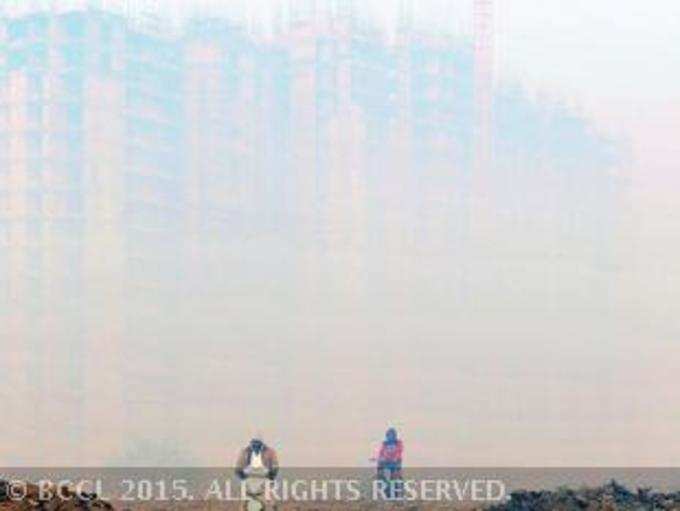
Triggering fresh alarm over the city’s winter air quality, the draft IIT-Kanpur report has found "very high" levels of an extremely toxic group of 100 chemicals called polycyclic aromatic hydrocarbons (PAHs), emitted mainly due to incomplete combustion.
According to several past studies,
"Total PAH levels in winter are very high at 80 ng/m3... (although) comparison with annual standard is not advisable due to different averaging times," says the draft report that studied the sources and nature of
"In a broad sense, air is more toxic in winter than in summer as it contains a much larger contribution of combustion products," it says.
The authors of the draft IIT-Kanpur report also assessed PAHs in fine pollution particles (PM 2.5) at various spots in the city, such as Okhla, Vasant Kunj and Rohini, and found a similar spike in levels during winters. The winter average of a PAH, benzopyrene, was found to be 8 ng/m3 as opposed to a safe standard of 1 ng/m3. The researchers assessed 14 such PAH compounds.
The rise of PAHs comes after several studies had documented a fall in its levels after the CNG switch. For instance, a joint study by Central Pollution Control Board, IIT Delhi, University of Antwerp and other research institutions had found a reduction in total annual PAH concentrations from 38.2 ng/m3 in 1997 to 22.3 in 2000.
By 2003, total average PAH concentrations had further dropped to 11.5 ng/m3 at Bahadur Shah Zafar Marg and 4.52 at Safdarjung.
That report had said PAH concentrations were higher during late night and early mornings, thereby pointing at the link with the the movement of heavy vehicles from nearby states through Delhi. It had also said private diesel vehicles were contributing to PAH pollution.
"PAH is carcinogenic. Another study by JNU in 2008 had also found that PAH levels had started to rise again after falling due to the CNG implementation. The IIT Kanpur study reiterates the trend. Among vehicles, diesel contributes much more to PAH pollution than petrol," said Anumita Roychowdhury, head of Centre for Science and Environment (
Image credit: Indiatimes
